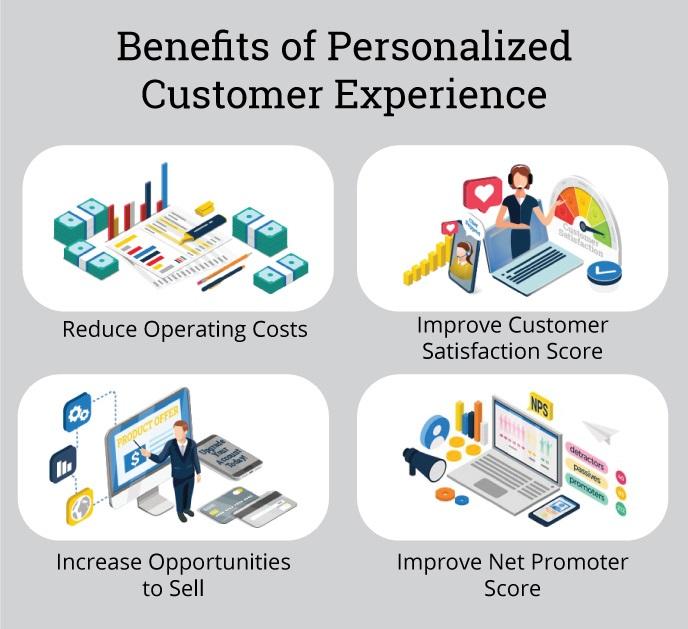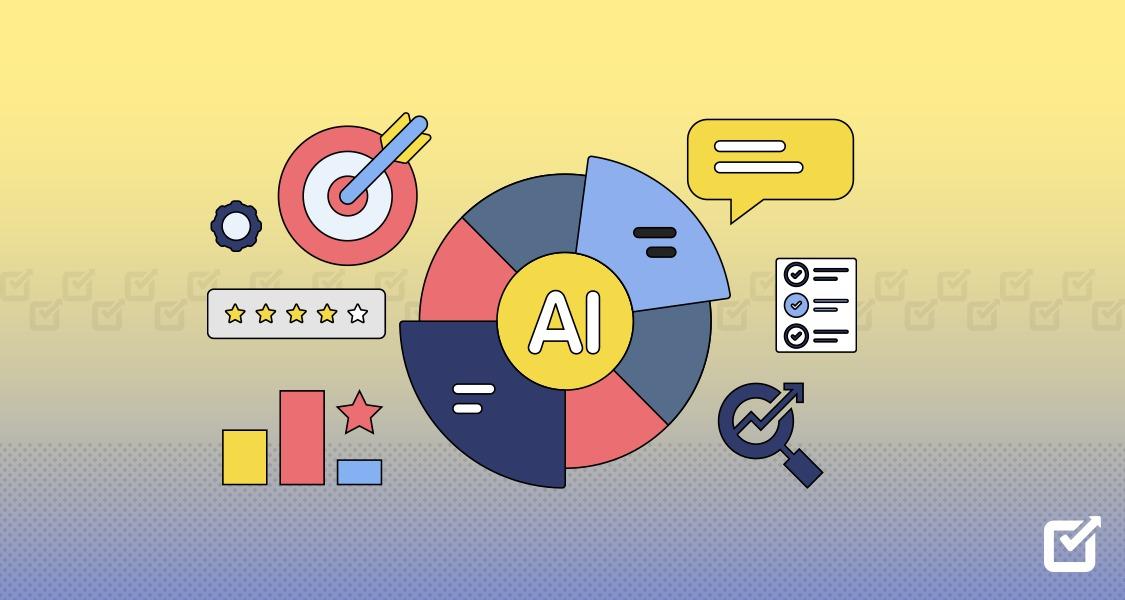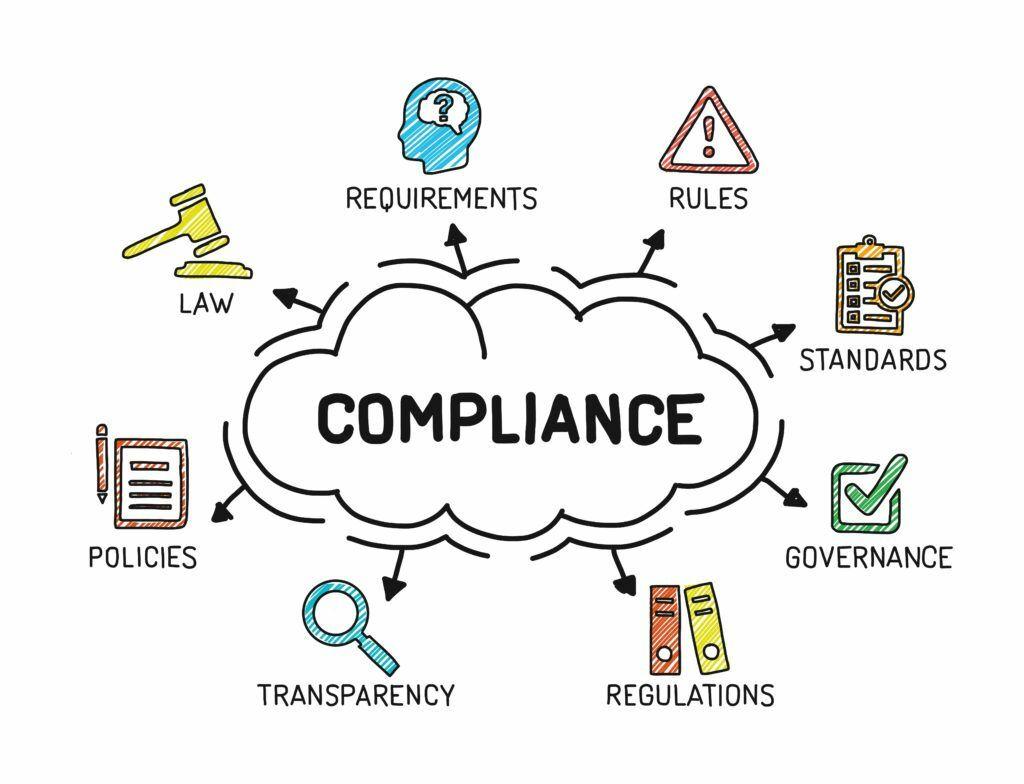In an age where innovation is the currency of success, the banking industry finds itself at the precipice of a technological revolution. Generative AI, a powerful frontier of artificial intelligence, is reshaping the way financial institutions operate, engage with customers, and manage their vast pools of data. From automating routine tasks to crafting personalized banking experiences and enhancing risk assessments, generative AI is not just a tool – it is a catalyst for transformation. As we delve into this dynamic interplay between technology and finance, we will explore how generative AI is redefining traditional banking paradigms, fostering efficiency, and carving out new avenues for customer satisfaction. Join us on this journey into the future of banking, where innovation meets opportunity, and the possibilities seem limitless.
Harnessing Data for Personalized Customer Experiences
In today’s competitive banking landscape, leveraging data is essential for creating tailored experiences that resonate with customers on an individual level. By employing robust generative AI technologies, banks can analyze vast amounts of customer data to identify patterns, preferences, and behaviors. This analysis enables institutions to offer personalized services such as customized loan options, targeted promotions, and even proactive alerts about potential financial issues. As a result, customers receive tailored insights that not only enhance their banking experience but also foster a deeper relationship with the bank.
Additionally, the integration of generative AI allows banks to refine their customer engagement strategies. Through dynamic content recommendations and personalized communication, banks can ensure that customers feel valued and understood. The implementation of chatbots equipped with AI can provide real-time assistance, helping users with queries while adapting responses based on previous interactions. This level of personalization can lead to increased customer satisfaction and loyalty, ultimately translating to better retention rates and a more vibrant customer base.
| Personalization Strategies | Benefits |
|---|---|
| Customized Loan Offers | Higher approval rates and customer satisfaction |
| Targeted Promotions | Increased engagement and response rates |
| Proactive Alerts | Reduced customer anxiety and enhanced trust |
| AI-Driven Chatbots | 24/7 support and improved response times |

Optimizing Risk Management Through AI-Driven Insights
With the rapid advancement of generative AI technologies, financial institutions are discovering innovative ways to enhance their risk management strategies. AI-driven insights enable banks to process vast amounts of data at unprecedented speeds, facilitating the identification of potential risks before they escalate. Key advantages of leveraging AI in risk management include:
- Predictive Analytics: AI algorithms analyze historical data patterns, allowing financial organizations to forecast potential market fluctuations and customer behavior.
- Real-time Monitoring: Continuous data analysis helps detect anomalies and fraudulent activities in real time, allowing for immediate action.
- Automated Assessments: AI can streamline compliance evaluations and risk assessments, reducing the time and manpower required for traditional methods.
Moreover, integrating generative AI can foster a culture of proactive risk management by empowering stakeholders with reliable insights. Financial institutions can utilize AI-generated reports to visualize risk scenarios and streamline decision-making processes. For an enhanced view of AI’s impact on decision-making, consider the comparison of traditional vs. AI-driven risk management approaches:
| Traditional Approach | AI-Driven Approach |
|---|---|
| Manual data interpretation | Automated data analysis |
| Static risk assessments | Dynamic risk modeling |
| Delayed responses | Instant alerts and actions |

Streamlining Operations and Enhancing Efficiency
In the ever-evolving landscape of banking, generative AI emerges as a powerful tool for across various sectors. By automating routine tasks and establishing intelligent workflows, financial institutions can significantly reduce operational costs and improve service delivery. For instance, generative AI can be deployed in areas such as:
- Fraud detection: Utilizing advanced algorithms to analyze transaction patterns, detect anomalies, and mitigate risks in real time.
- Customer service automation: Implementing AI-driven chatbots that provide instant responses to customer inquiries, enhancing the overall user experience.
- Document processing: Automating data extraction from contracts and forms, allowing for seamless integration into banking systems.
Furthermore, the integration of generative AI fosters data-driven decision-making by providing valuable insights through predictive analytics. This enables banks to anticipate market trends, tailor products to meet customer needs, and enhance their competitive edge. To illustrate, a simple comparison of operational benefits is highlighted in the table below:
| Operational Aspect | Before AI Integration | After AI Integration |
|---|---|---|
| Customer Response Time | 24 hours | Instant |
| Error Rate in Transactions | 4% | 1% |
| Cost Savings | $2 million annually | $5 million annually |

Navigating Regulatory Challenges in the Age of AI
As the integration of generative AI into banking continues to evolve, institutions face a complex landscape of regulatory challenges that demand careful navigation. The rapid advancements in technology often outpace existing regulatory frameworks, leading to a disconnect between innovation and compliance. Financial institutions must prioritize the establishment of robust governance frameworks to ensure their AI applications adhere to relevant guidelines, protecting both their customers and their reputations. Some essential steps in addressing these challenges include:
- Conducting comprehensive risk assessments to identify potential regulatory impacts.
- Engaging with regulators to stay informed about evolving policies.
- Implementing transparent AI algorithms to mitigate biases and enhance accountability.
Furthermore, collaboration between banks and regulatory bodies is crucial in shaping a conducive environment for innovation while maintaining compliance. A proactive approach can involve the development of sandbox initiatives that allow financial institutions to test new technologies in a controlled setting, aligning their operational goals with regulatory requirements. The following table illustrates some significant regulatory considerations for banks adopting generative AI:
| Regulatory Aspect | Importance | Action Steps |
|---|---|---|
| Data Privacy | Protects consumer data and builds trust. | Implement strict data governance policies. |
| Fair Lending | Ensures equitable access to financial products. | Regular audits on AI decision-making processes. |
| Transparency | Fosters accountability in AI usage. | Document algorithm processes and training data. |
In Conclusion
As we stand on the cusp of a digital renaissance, the transformative role of generative AI in banking redefines the boundaries of what is possible. By harnessing the power of advanced algorithms and machine learning, financial institutions are not merely adapting to change; they are curating experiences that resonate with the evolving needs of their customers. This innovative technology promises not only to streamline operations, enhance decision-making, and mitigate risks but also to foster deeper relationships built on personalized service and trust.
As we look ahead, the potential applications of generative AI in the banking sector are vast and unparalleled. From risk assessment to customer interaction, its influence will ripple through every facet of the industry, reshaping how we perceive finance itself. The journey has only just begun, and as we navigate this uncharted landscape, one thing is clear: generative AI is set to be a cornerstone in the future architecture of banking.
In this era of transformation, it’s essential for industry leaders and consumers alike to embrace the possibilities that lie ahead. The fusion of creativity and technology has the power to break down barriers, forge new paths, and create a more inclusive financial ecosystem. As we continue to explore and innovate, let us remain vigilant stewards of this technology, guiding its evolution to benefit all corners of the banking world. The roadmap is expansive; together, we can chart a course toward a future where innovation and opportunity harmoniously coexist.
